Reflecting on a Season of Ecological Landscaping
As the season winds down, it’s a great time to reflect on the meaningful work done this year; transforming gardens into more sustainable, ecologically responsible spaces.
This year, we've been lucky to work with many clients that have embraced ecological landscaping practices; planting native species, removing invasive plants, and fostering habitat for wildlife. The results have been inspiring, as we've seen landscapes transform into more sustainable, biologically diverse spaces that support both people and the environment.
Native plantings
One of the most encouraging aspects of this season has been seeing more homeowners embrace native plants in their gardens. Whether replacing lawns and non-native species or designing new gardens from scratch, our clients are creating spaces that support local ecosystems with native plants. These plants not only provide vital habitat for pollinators and wildlife, but also require less water and maintenance, making them a more sustainable choice.





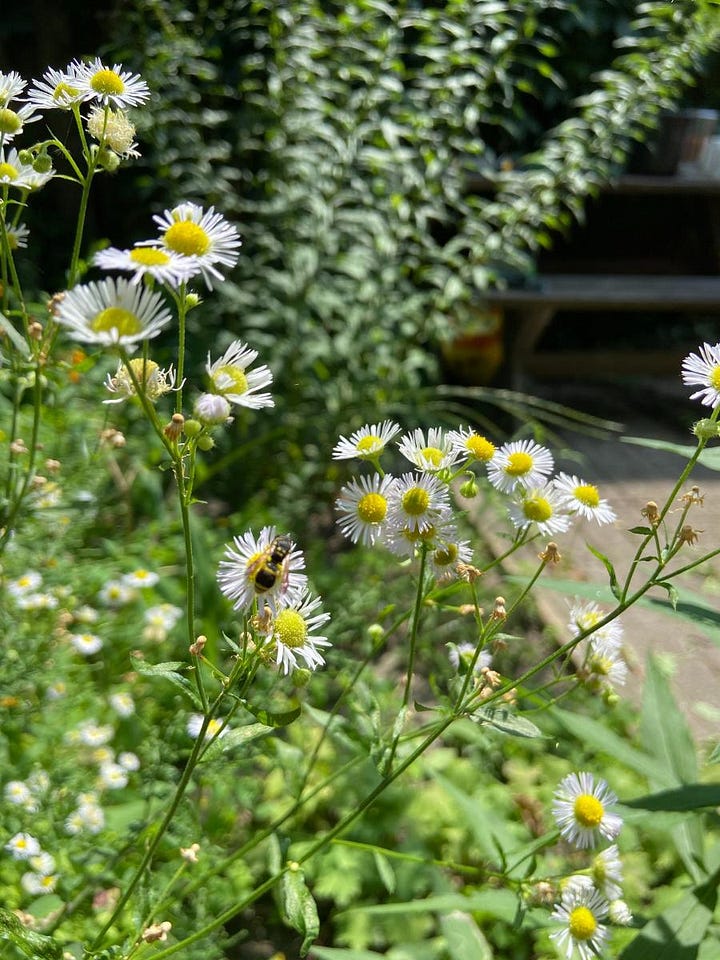
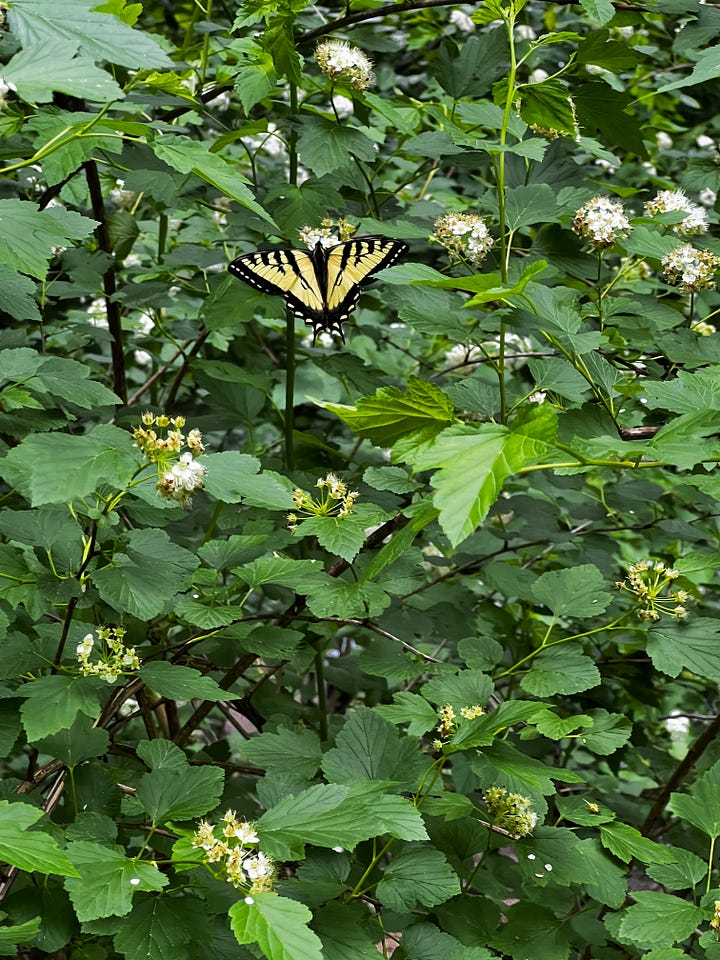
The transformation has been remarkable! What was once a patch of lawn or an underused space has turned into a thriving habitat full of colour and life. For some, it’s meant planting flowers that attract butterflies and bees; for others, it’s adding native shrubs and trees to support birds and other wildlife.These spaces are living examples of how native plants can bring both beauty and ecological value to a landscape.
Nurseries are responding to the demand and native plants can now be found at your local garden centre or larger distributor.
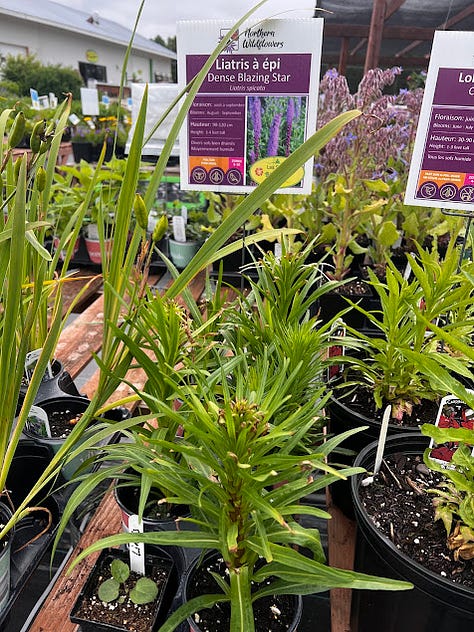
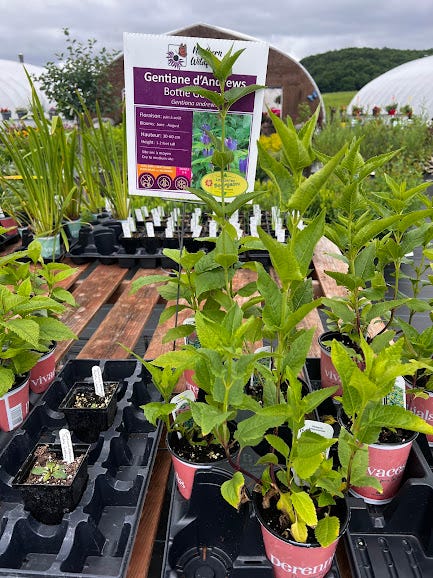
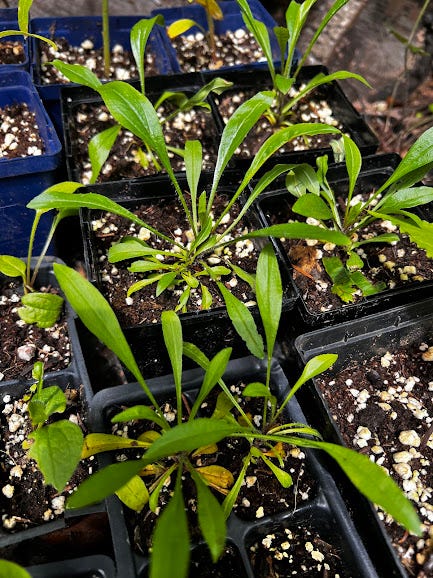
Invasive species management
Another key focus this season has been working with clients to manage and remove invasive species. Many people don’t realise how much invasive plants can disrupt local ecosystems, out-competing native species and threatening biodiversity. Whether it’s tackling buckthorn, garlic mustard, periwinkle or other non-native invaders, it’s been inspiring to see people roll up their sleeves and take active steps to restore balance to their landscapes, once they’ve learned about the issue.
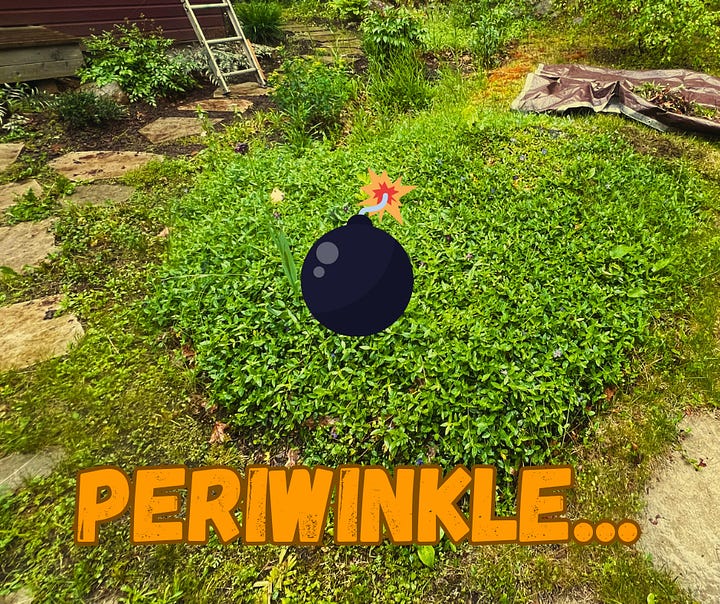
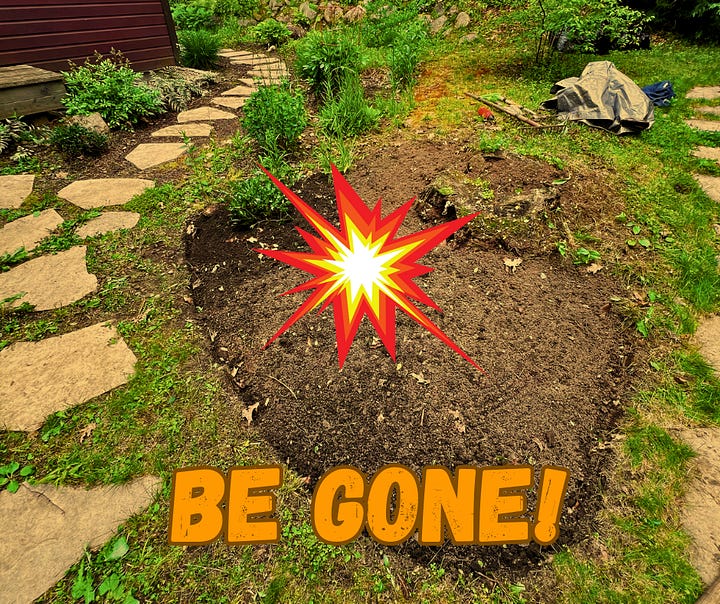
Milkweed for monarchs
This season, we’ve seen a growing enthusiasm for planting milkweed and supporting monarch butterflies. Many clients added milkweed to their gardens, providing a place for monarchs to lay eggs and for caterpillars to thrive. Some discovered caterpillars on their milkweed plants the day they were planted, while some were lucky enough to witness the most magical moment of all - watching a butterfly emerge from its chrysalis! These small actions, like planting milkweed or creating pollinator-friendly spaces, have a big impact. It’s been rewarding to see how simple changes can support local wildlife, from monarchs to bees, moths, and other important species.
Sharing knowledge
Beyond the physical transformation of landscapes, this season has also been about learning; about the plants, the animals, and the ways we can contribute to the health of our local ecosystems. Clients have taken the time to explore the importance of native plants, the impact of invasive species, and the value of creating ecologically responsible landscapes. It's been rewarding to share knowledge on plant selection, care, and maintenance, and to see how this understanding helps foster more ecologically mindful spaces. Many people have chosen to post signs in their landscapes to spread more awareness; from certifications with the Canadian Wildlife Federation, to #LeaveTheLeaves signs from the Xerces Society. Showcasing these efforts and providing access to science-based ecological information is key to making a difference. By continuing to educate ourselves and others, we can create lasting change - one landscape at a time.

Looking ahead
Ecological landscaping is a shared effort, and each project we take on is part of a larger movement towards creating and enhancing more resilient ecosystems. We look forward to building on this year’s work and continuing to create landscapes that help restore balance and increase biodiversity. Together, we’re making a lasting difference!
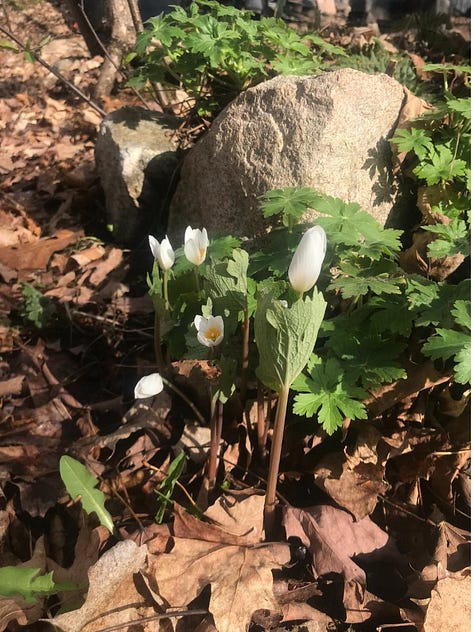

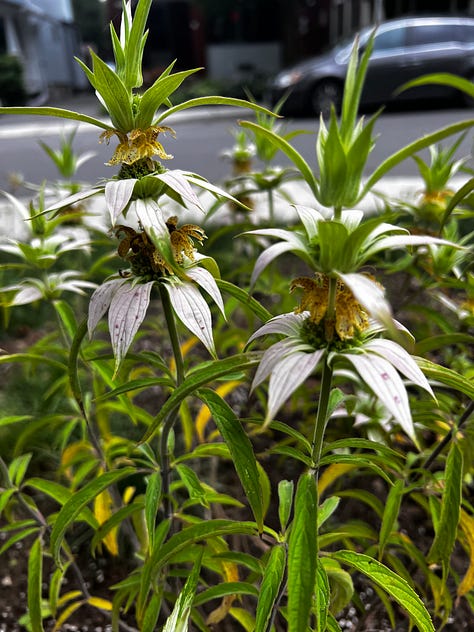
What native plants are you considering adding to your landscape next season? Leave a comment below!
Follow our social media pages for more pics and tidbits!






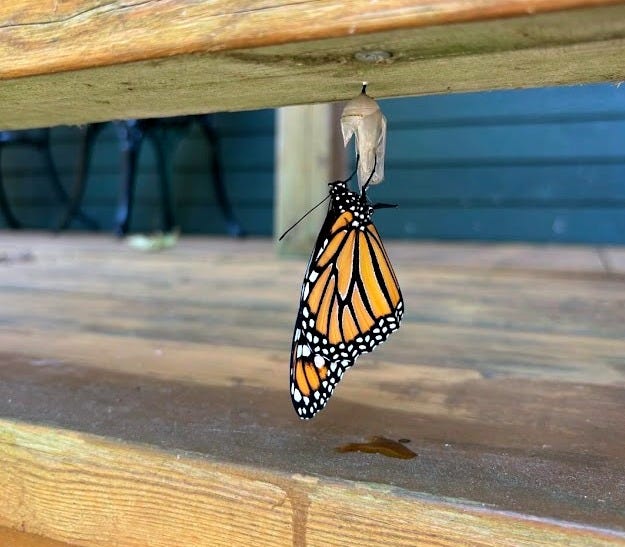

I will be looking to add spotted bee balm next year for sure - such a unique beauty!